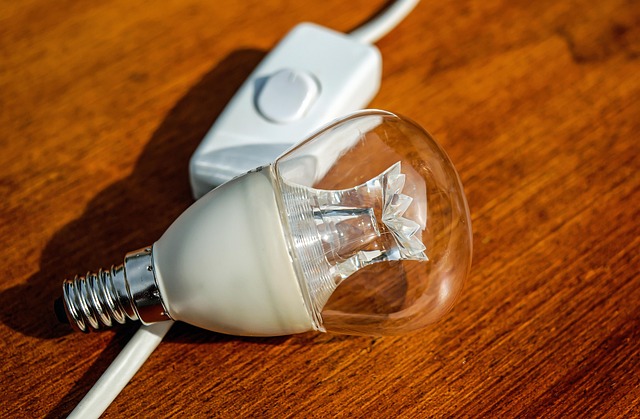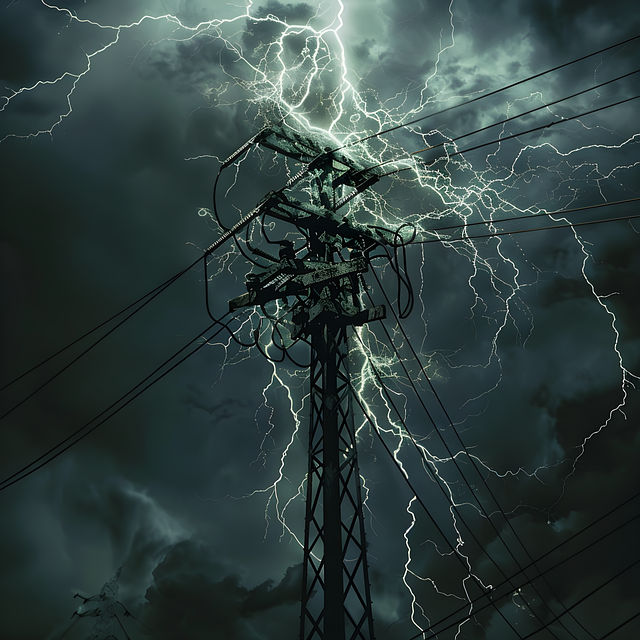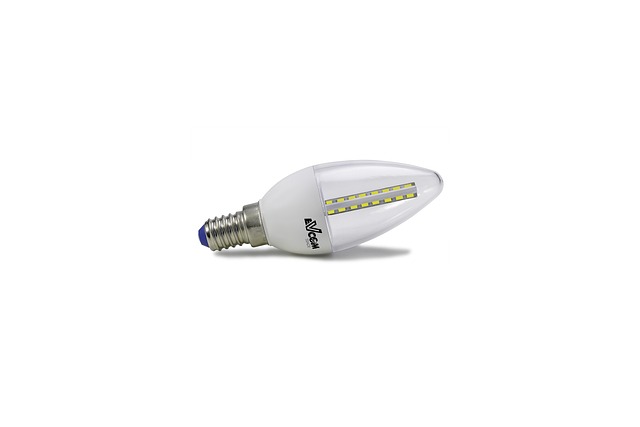In Eugene, Oregon, understanding EV (Electric Vehicle) charging stations is crucial for eco-friendly transportation. There are three types: Level 1 for occasional users, Level 2 for daily users, and DC Fast Chargers for long-distance travelers. When selecting a location, consider proximity to highways or high EV areas, with public spaces like shopping centers ideal. The installation process involves strategic planning, expert execution, and regular maintenance for optimal performance. SEO keywords: ev charging station.
“Discovering the future of sustainable transportation in Eugene, Oregon, starts with understanding efficient EV (electric vehicle) charger setups. As the city embraces a greener future, installing these stations is crucial for easing the transition to electric mobility. This article guides Eugene residents through the process, from comprehending diverse charging station types and their benefits, to strategic location selection, installation insights, and maintenance tips. Optimize your EV ownership experience with our comprehensive guide.”
- Understanding EV Charging Stations: Types and Benefits for Eugene Residents
- Choosing the Right Location: Considerations for an Efficient EV Charger Setup
- Installation Process and Maintenance Tips for Optimal Performance
Understanding EV Charging Stations: Types and Benefits for Eugene Residents

In Eugene, Oregon, understanding EV (Electric Vehicle) charging stations is crucial for residents looking to make the switch to eco-friendly transportation. These stations come in various types, each offering unique benefits tailored to different needs and preferences. Level 1 chargers, typically plugged into standard household outlets, are the most common and convenient option for occasional EV users or those with longer commutes. They provide a slow but steady charge, ideal for topping up during work hours or overnight.
For faster charging options, Eugene residents can opt for Level 2 or DC Fast Chargers. Level 2 chargers, often found in residential garages, neighborhoods, and public locations, deliver a more rapid charge compared to Level 1 models. They are suitable for daily EV users who need to recharge during errands or work breaks. DC Fast Chargers, on the other hand, offer the quickest charging times but require specific hardware installations at public locations. These chargers are perfect for long-distance travelers needing a quick boost during their journeys.
Choosing the Right Location: Considerations for an Efficient EV Charger Setup

When setting up an efficient EV charger in Eugene, Oregon, selecting the optimal location is a strategic decision that significantly impacts the overall success and convenience of electric vehicle (EV) owners. The right spot can ensure easy access, enhance visibility for potential users, and even contribute to safer driving conditions. Consider factors like proximity to major highways or residential neighborhoods with high EV ownership. Public spaces such as shopping centers, parking lots, or community areas can be ideal choices, offering convenient charging options to encourage the adoption of electric vehicles.
Additionally, the location should accommodate the installation of multiple EV charging stations, especially fast-charging ones, to cater to various vehicle types and user needs. Easy accessibility for both drivers and maintenance personnel is essential. Moreover, ensuring adequate electrical infrastructure to support the charger’s power requirements is crucial. Proper lighting and surveillance can also contribute to a safer environment, making it an attractive option for EV owners.
Installation Process and Maintenance Tips for Optimal Performance

The installation process for an EV charging station involves careful planning and execution. It’s crucial to select the right location, ensuring easy accessibility and adequate space for both the charger and vehicles. Professional installers should be engaged to guarantee a safe and code-compliant setup. The process includes digging and installing electrical lines, connecting the charger to your home’s power supply, and setting up the charging equipment itself. Once installed, proper maintenance is key to optimal performance. Regular cleaning of the charging port and connector ensures efficient data transmission and prevents damage. Keeping an eye on the charger’s functionality, including monitoring for any unusual noises or smells, can help identify potential issues early on. Additionally, updating firmware regularly and staying informed about new EV charging standards will ensure your station remains top-performing and future-ready.














